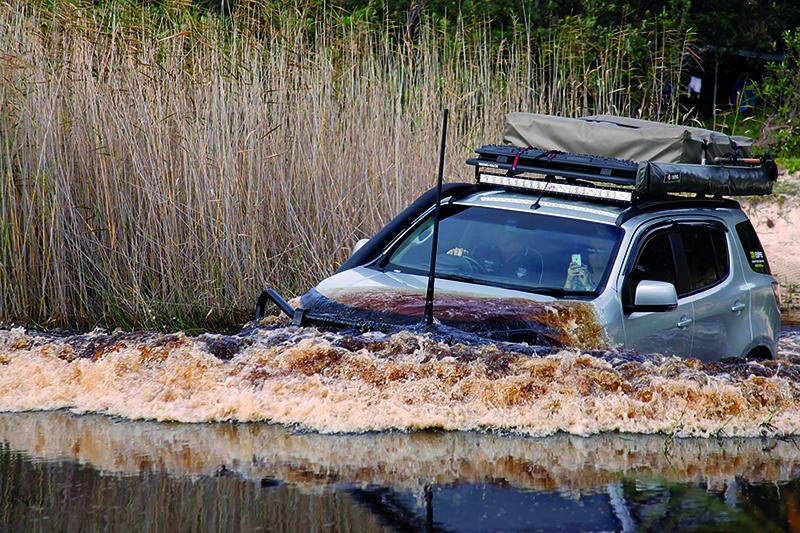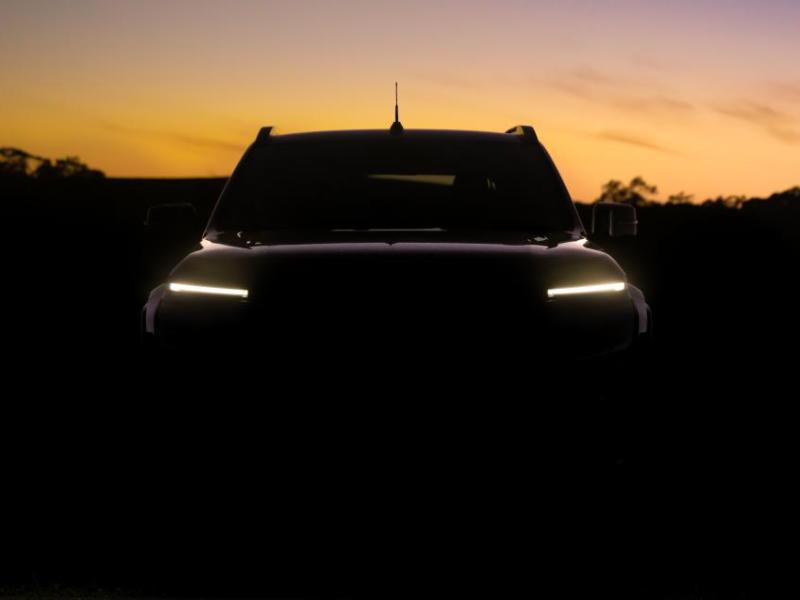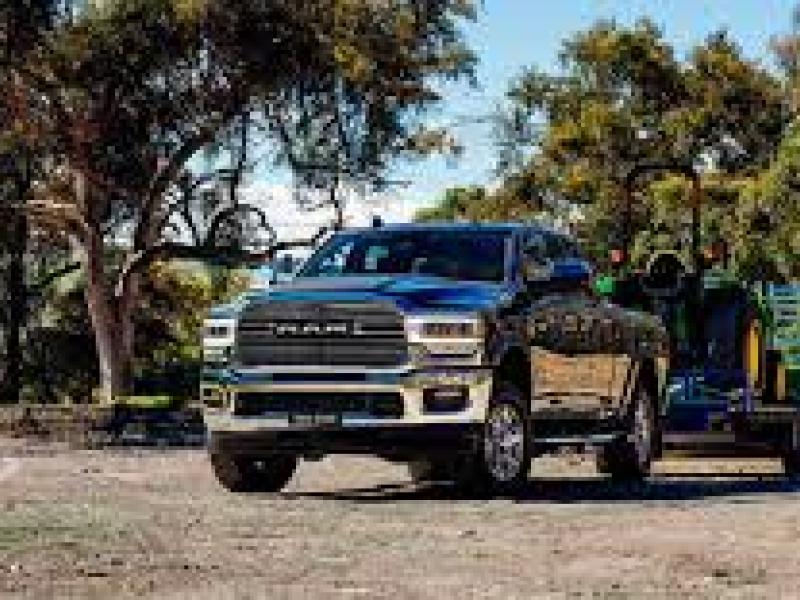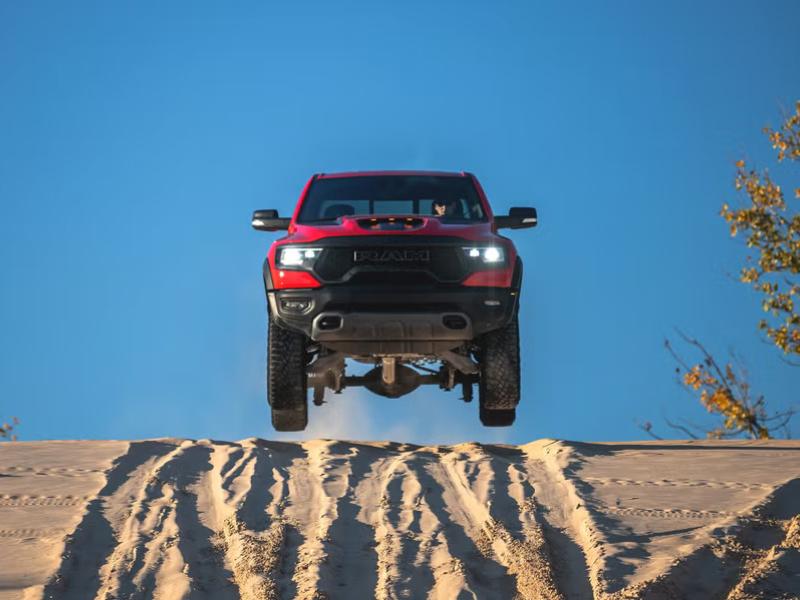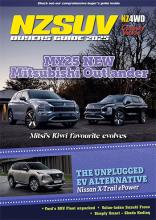Winter’s gone, no real need to be thinking about water intrusion, right?
Nope.
Many parts of the 4WD need protection from the elements year-round, particularly when there are water crossings to complete.
There are plenty of components that do not like water: fuse boxes, breathers, intakes, engine computers, the alternator, batteries, and lots more electrical items.
Here are a few ways to protect a 4WD from water and the elements.
Breathe air, not water
Water entering a four-wheel drive’s air intake can cause damage to components, causing permanent damage that will require a rebuild of the engine.
Small amounts of moisture in the air intake can also cause an engine to stall. The last thing you want happening when you are guards deep in a river.
To avoid the consumption of water by the engine’s, fit a quality snorkel to the airbox, ensure one-way drain plugs are working correctly, and that the air inlet system is sealed correctly.
Fuel burns, water does not
Protect the fuel system. Water in fuel lines and the fuel tank can find its way into the engine and cause damage as well as corrosion.
This can lead to engine stalls, poor performance and permanent damage.
Fitting a water separator and secondary fuel filter system can help keep the fuel water-free.
Water and oil should not mix
Crossing a river or hitting a large puddle means the underside of the four-wheel drive is exposed to a lot of water, and in some cases, is fully submerged.
Four-wheel drive differentials have breathers mounted on them, but these can allow water to enter the diff, contaminating the oil and grease.
This can cause premature wear and even failure of the diff.
To avoid this happening, fit an extended diff breather kit with hoses to run from the original diff breather points to a filtered airbox that can be mounted higher up in the vehicle.
Extended breather kits can also be fitted to the gearbox and transfer case breathers.
Be prepared
Being ready is better than fixing the problem later.
A 4WD is not designed to be submerged and there are many entry points for water.
A petrol engine requires its distributor cap and coil leads protected.
Use a small film of silicon around the cap and coils to seal things up and plumb any distributor breathers into the airbox.
An electric winch on the front of the vehicle is also vulnerable. Use a water dispersant spray on the terminals and check the breathers on the winch motor.
Water dispersant
Carrying a can of water dispersant can be useful in protecting 12v electricals.
Regularly clean electrical components and give them a light spray. Having this spray can also be helpful if the engine stalls or has problems after the crossing.
Cooling down
Spending time checking the water crossing will also give the vehicle time to cool down.
Components like brakes and the cooling fan can be damaged if suddenly entering a cold flood of water.

